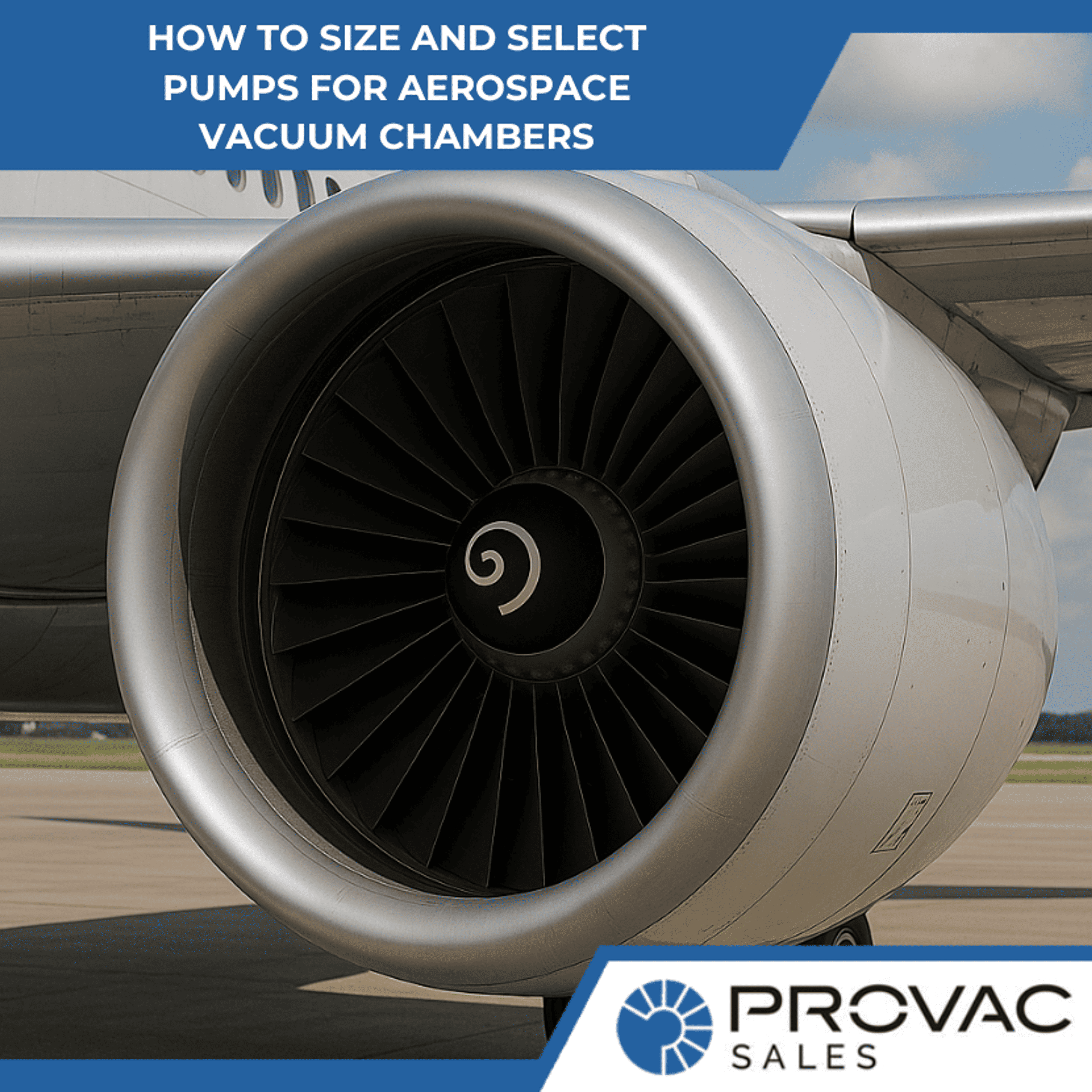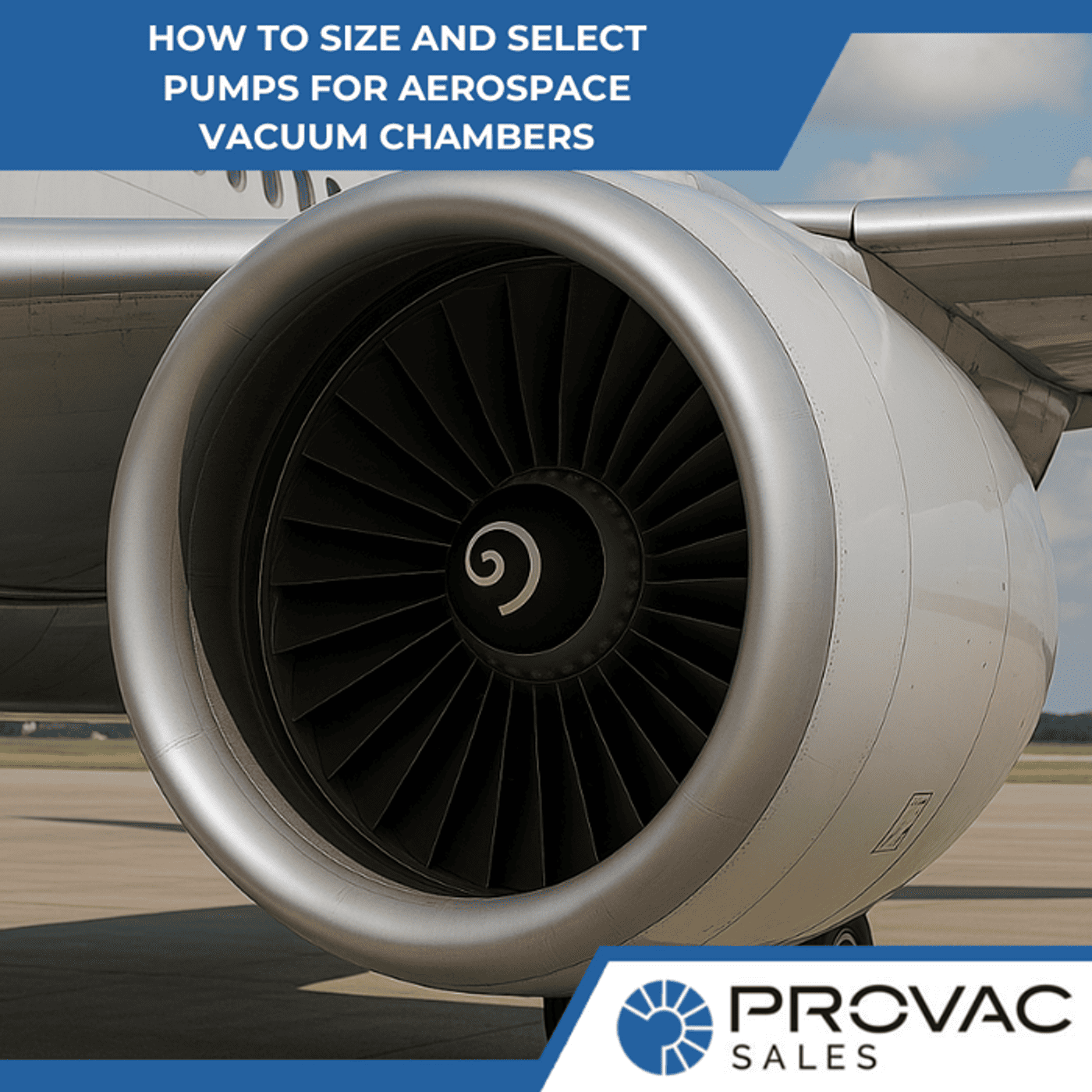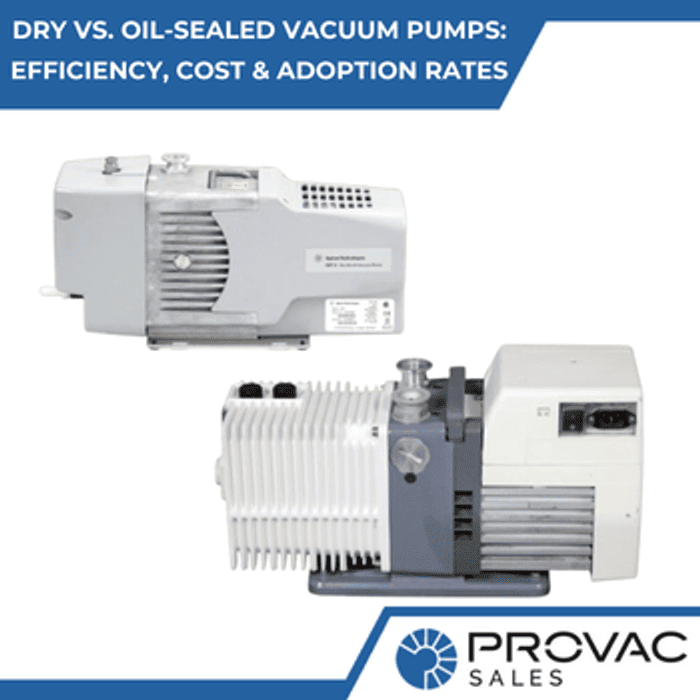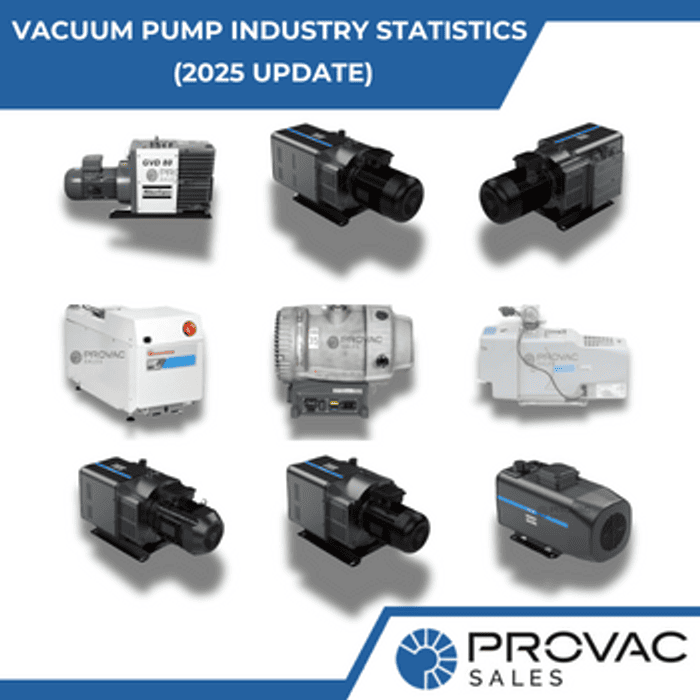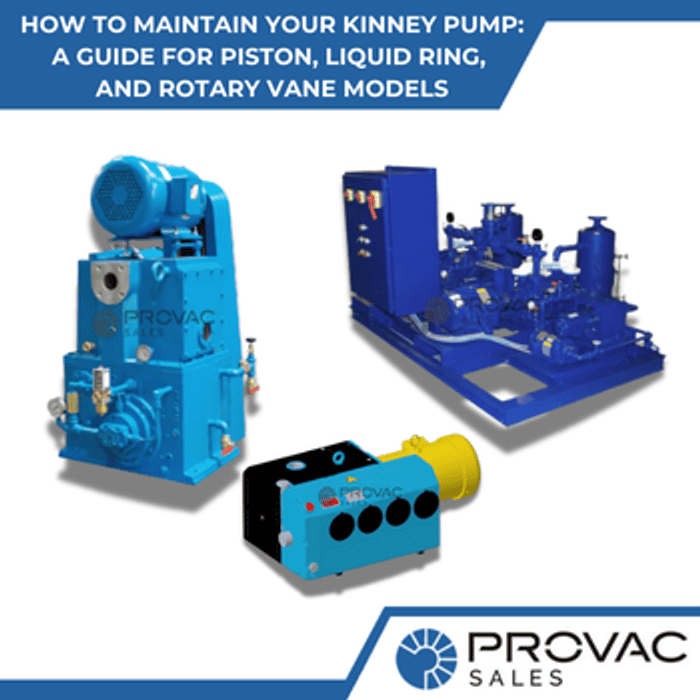Designing or operating a vacuum chamber for aerospace testing? Whether you're simulating the harsh emptiness of space or trying to run ultra-precise thermal cycling experiments, getting your vacuum system dialed in is mission-critical. And the heart of that system? The pump setup.
You can’t just use any pump and call it a day. The needs of aerospace vacuum chambers are unique, demanding ultra-clean, oil-free, high-vacuum environments with tight control over pressure ranges and pump-down speed. Here’s how to choose the right pump, or more likely, the right combination of pumps, for the job.
Start with the End: What Are You Simulating?
Before you can size anything, you need clarity on what the vacuum chamber is supposed to replicate. Testing a satellite’s exposure to deep space? That’s going to need pressures below 10⁻⁵ Torr, often much lower. Running leak tests on aerospace components? You might only need a rough vacuum but with faster cycling.
This context determines everything: the base pressure required, how fast you need to reach it, what materials you're working with, and whether any backstreaming (looking at you, oil-sealed pumps) is absolutely unacceptable.
One Pump Rarely Does It All
You’ll usually need a staged system. Here’s how the main categories stack up:
1. Dry Scroll or Dry Rotary Vane Pumps (for rough vacuum)
These handle the initial pressure drop, from atmospheric down to about 1 Torr. For aerospace, oil-free is non-negotiable. You don’t want hydrocarbon contamination anywhere near sensitive parts or instrumentation. That’s why Provac carries a full line of dry scroll, dry multistage roots, dry hook and claw, and dry screw pumps.
Pro tip: Match your roughing pump’s capacity to the volume of your chamber. A bigger chamber? You’ll want a higher pumping speed (measured in CFM or m³/h) to avoid glacial pump-down times.
2. Turbomolecular Pumps (for high and ultra-high vacuum)
This is where the magic happens. Turbos take over from the roughing pump around 1 Torr and can push you down into the 10⁻⁷ Torr range or lower. Aerospace test chambers rely heavily on this tier to mimic low-earth orbit and beyond.
Make sure your turbo has the right compression ratio for the gases you’re dealing with, especially if you’re running tests with outgassing materials.
Side note: Turbos don’t work alone. They need a backing pump (that’s your dry scroll or dry vane) to keep the inlet pressure low enough so they don’t stall or overheat.
3. Cryopumps (optional, but powerful)
For ultra-high vacuum applications, cryopumps offer rapid, hydrocarbon-free pumping down to the 10⁻⁸ Torr range. These are often used when dealing with super-sensitive instruments or payload testing where absolute purity is non-negotiable.
Cryopumps are tricky, though. They require regeneration cycles and have higher upfront costs. Provac carries robust cryo systems for the clients who truly need them, but for most aerospace chambers, a well-sized turbo and dry scroll combo gets the job done beautifully.
Size Your Pumps Correctly
Vacuum system sizing isn’t about going big. Oversizing your pump leads to poor efficiency, unnecessary wear, and higher costs. Undersizing? That leads to painfully long pump-down times or not hitting your target pressure at all.
Here's a rough approach:
-
Volume of the chamber (in liters) ÷ target evacuation time (in seconds) = minimum pumping speed required (in liters/second)
Multiply that number by 1.5 to 2x for safety, depending on your leak rate, outgassing, and overall system cleanliness.
Don’t forget: conductance losses (how easily gas flows through tubing) can drastically reduce effective pumping speed at the chamber. Bigger is better when it comes to vacuum plumbing.
What About Contamination?
Aerospace testing often involves sensitive materials, coatings, or optics. So, oil-free pumping isn’t optional, it’s the baseline. That means avoiding oil-sealed rotary vane pumps altogether for anything beyond rough vacuum, and making sure your system has proper vent valves and particle filters where needed.
Final Thoughts
Selecting the right vacuum pumps for aerospace testing isn’t plug-and-play. It takes understanding your chamber’s goals, the pressure ranges required, and the cleanliness constraints you’re up against.
